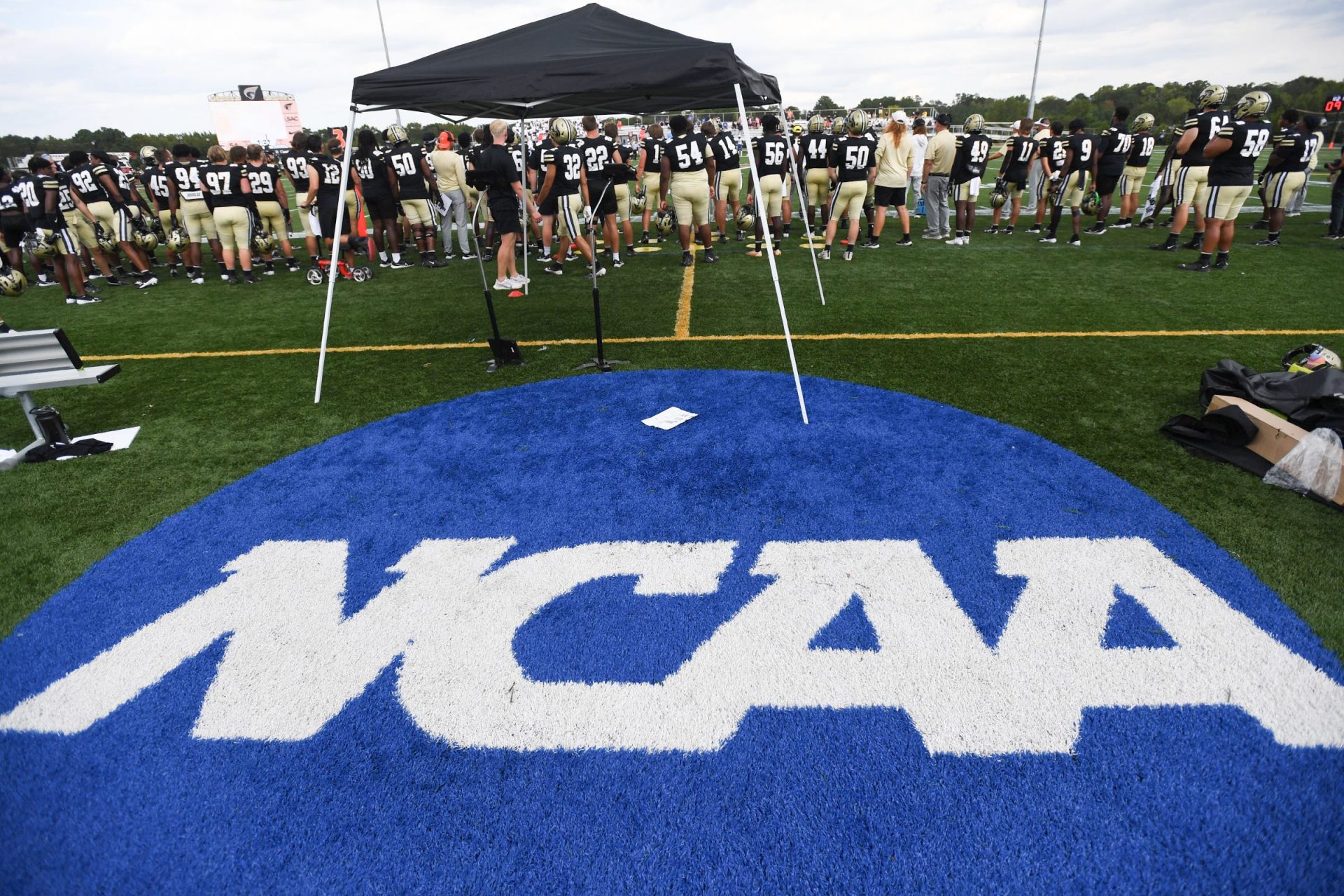The Academic Progress Rate (APR) is a vital metric used by the NCAA to measure how well college athletic programs are supporting the academic success of their student-athletes. Established in 2004 as part of a sweeping reform effort in Division I athletics, the APR is designed to offer a real-time look at academic performance, unlike the traditional six-year federal graduation rate, which fails to account for transfers and other academic variables.

What Is the APR and How Is It Calculated?
The APR is a team-based score that evaluates two key factors for every student-athlete receiving athletic financial aid: academic eligibility and retention. Each eligible and enrolled student-athlete earns up to two points per term, one for staying in school and one for remaining academically eligible. A team’s total earned points are divided by the total points possible, and the result is multiplied by 1,000. The final number is the team’s Academic Progress Rate.
For example, if a team had 10 scholarship athletes and all of them remained eligible and stayed enrolled, they would earn 20 out of 20 possible points, resulting in a perfect APR of 1000. On the other hand, if only eight stayed eligible and enrolled, the team’s APR would be 800.
In addition to a team’s current-year APR, a rolling four-year average is also used to assess long-term performance. Teams must maintain a four-year average APR of 930 to remain eligible for postseason play.
The APR was introduced to promote accountability and prioritize academic achievement across collegiate athletics. While it’s designed as an incentive-based system, teams that fail to meet minimum standards may face progressive penalties.
The first level of penalties reduces athletic practice time, limiting teams to 16 hours per week instead of 20, with the lost hours redirected toward academic activities. If academic performance doesn’t improve, further sanctions may include reductions in competition and recruiting opportunities.
However, it’s important to note that postseason bans are not considered punitive measures within the APR framework. Instead, they serve as a benchmark, just as teams must win games to earn championships, they must also meet academic standards to qualify.
To recognize academic excellence, the NCAA also honors teams with APR Public Recognition Awards. These are presented annually to programs ranking in the top 10% of their sport based on multiyear APR scores.
Oversight of the APR falls under the Division I Committee on Academics, which advises the NCAA Board of Directors on policy updates and reforms aimed at enhancing student-athlete success both on the field and in the classroom.
The Academic Progress Rate is more than just a number, it’s a key tool for ensuring that college athletes are progressing toward their degrees while competing at the highest levels. By holding institutions accountable and encouraging academic excellence, the APR helps balance the demands of college athletics with the long-term success of student-athletes.
KEEP READING: Transfer Portal Spring Window Closed on April 25 But Players Are Still Transferring—Here’s Why
As college sports continue to evolve, the APR remains a foundational part of how the NCAA supports both performance and progress.
College Sports Network has you covered with the latest news, analysis, insights, and trending stories in football, men’s basketball, women’s basketball, and baseball!

